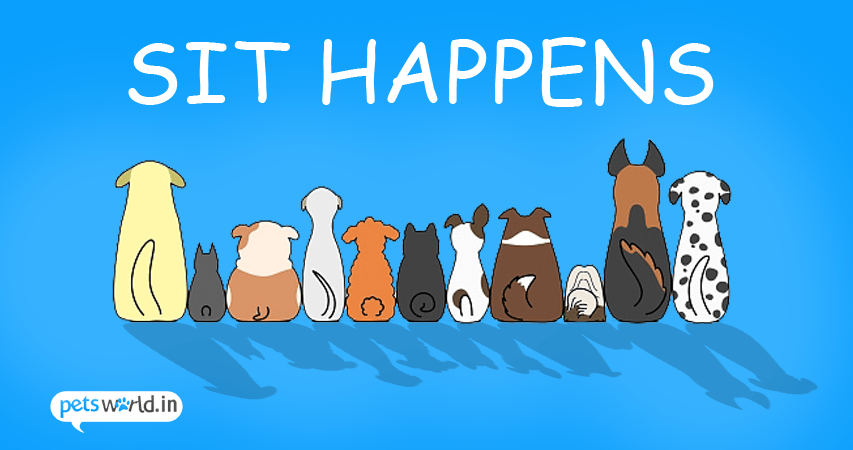
“Two heads are better than one.” We’ve all heard the old adage encouraging teamwork, but what does working together really do for you? Teamwork involves different people and different groups across your business working together to maximize their efficiency and reach a common goal. There are many ways of organizing teams – some teams are organized around a particular product that is being developed, while others are organized around a process, such as manufacturing or research. In addition to providing team members with experience, benefits of teamwork include increased efficiency, financial savings, innovation and morale. However, there is also one more concept when teams work together, Synergy. “The modern concept of synergy was proposed by chemists. They discovered that every time they separated atoms or molecules from a complex compound, the behavior of the separate parts could never explain the behavior of all of them interconnected” (Romero;2015). Synergy is a buzzword that managers and HR pros like to bandy around; sometimes they get it and sometimes they really don’t have a clue. In short, synergy happens in the workplace when two or more people working together produce a better outcome than if they did it alone. It is not a touchy-feely concept, but instead is a practical approach to getting results – and it’s not all that difficult to create. “Research on teams corroborates that a critical leadership skill is not only the ability to create synergy, but utilizing that powerful combined effect of the group wisely to achieve your goals” (Federer; 2013).
Teamwork allows employees to take greater responsibility for decision making and also allows team members to control more of the work process. This can lead to improved morale as employees gain more authority and ownership over the projects they are working on. Working together lets employees build on the talents of their teammates. While your strength may be creative thinking, a coworker might shine in organization and planning. Do not hesitate to share your abilities with the team. Often, a team works well together because team members rely on each other to bring individual talents to the table. By observing the process behind these skills, you can learn how to combine your gifts and become a stronger team.
Some companies use teams and teamwork to create a work environment which excels at creativity. These companies sometimes base their corporate structure almost entirely around teamwork. Creativity thrives when people work together on a team. Brainstorming ideas as a group prevents stale viewpoints that often come out of working solo. Combining unique perspectives from each team member creates more effective selling solutions. What you have learned from your individual experiences is entirely different from your coworkers. Thus, teamwork also maximizes shared knowledge in the workplace and helps you learn new skills you can use for the rest of your career.
Working with teams, conflict will arise. It’s never of matters of how, it’s a matter of when. The thing to remember is “sometimes conflict helps generate new ideas, bit that only works if the organization are open to new ideas/ That is why diverse organizations are often the most creative; they take advantage of the differing perspectives within the organization to generate more solutions” (Penn State, Cross Cultural Conflict & Resolution; 2017). Teamwork can help companies to be more flexible. By bringing employees from different parts of a project together into one team, problems or bottlenecks can sometimes be ironed out more easily.
“Going back to chemistry for just a moment, we know that if we add sulfur (S8) to a controlled environment already containing water (H2O), given the right temperature and pressure conditions we can turn said water into sulfuric acid (H2SO4). In other words, we can transform a life-giving substance, water, into a destructive one, sulfuric acid. This is a metaphor to show how positive synergy can be turned into negative synergy by adding the “wrong” element. In teamwork, the same can happen” (Romero; 2015). There may be no “I” in team, but teamwork can still benefit employees on a personal level. Do not allow competitive natures to get in the way of personal growth in the workplace. Instead, understand how to resolve conflicts and trust teammates to contribute their best ideas. Learn from your team members and build on each other’s skills to create more impressive results in the workplace. Synergy can provide a big boost to the bottom line of most large companies. The challenge is to separate the real opportunities from the illusions.
References
Federer, D. (2013, December 06). How to build team synergy. Retrieved February 16, 2017, from http://www.businessobserverfl.com/section/detail/how-to-build-team-synergy/
Pennsylvania State University (2017). Leadership in a Global Context –Cross-Cultural Conflict and Resolution.. OLEAD 410. Online course lesson, Penn State World Campus, The Pennsylvania State University. Retrieved February 16, 2017, from https://psu.instructure.com/courses/1826457/modules/items/21654125
Romero, L. E. (2015, December 01). The Ultimate Guide To Team Synergy. Retrieved February 16, 2017, from http://www.forbes.com/sites/luisromero/2015/12/01/the-ultimate-guide-to-team-synergy/#84b8245409b3


